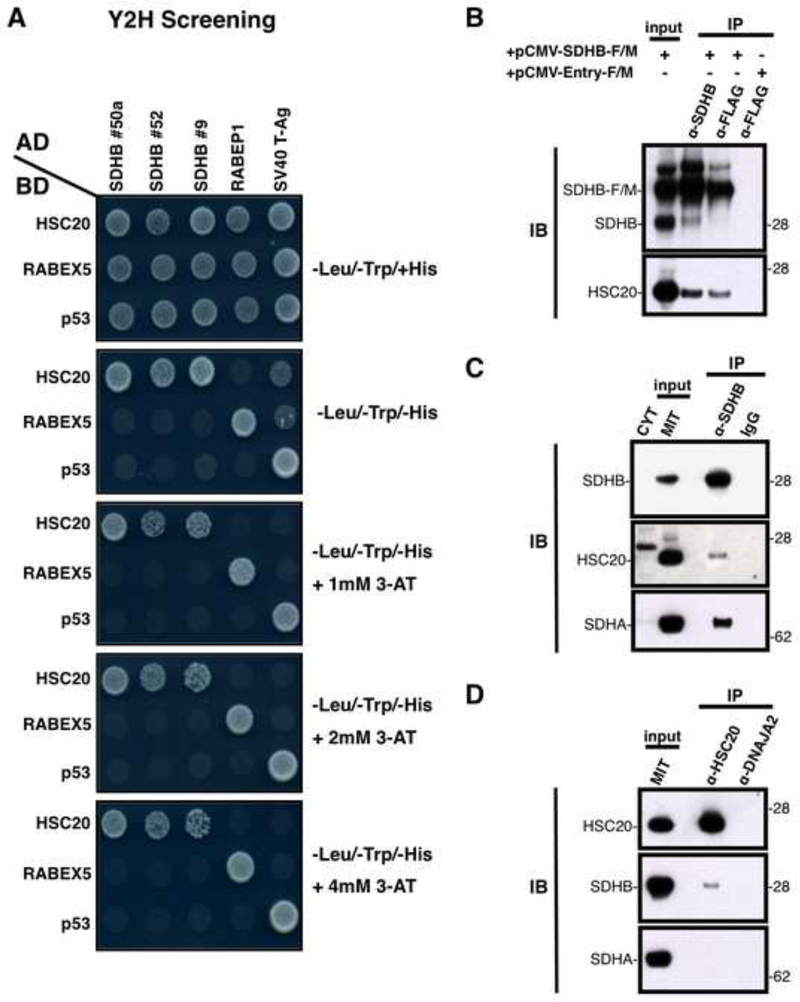Figure 1. HSC20 Interacts with SDHB In Vitro and In Vivo.
(A) Three clones from the Y2H library encoding SDHB were identified as interactants of HSC20. Growth on plates lacking histidine (-Leu/-Trp/-His) indicated reconstitution of the GAL4 transcription factor by direct interaction of SDHB with HSC20 (first 3 lanes, top row). As negative controls, the HSC20-BD-GAL4 plasmid was co-transformed with RABEP1 or SV40 T-Ag, and the three SDHB-AD-GAL4 clones with RABEX5 or p53. The expected interactions of RABEX5-RABEP1 and p53-SV40 T-Ag promoted growth and were used as positive controls. (B, C, D) HSC20 interacts with SDHB in vivo. (B) Extracts from HeLa cells transfected with pCMV-SDHB-F/M or with empty vector (pCMV-Entry-F/M, as negative control) were subjected to IP with anti-SDHB or anti-FLAG, followed by IB to HSC20. (C) IP of endogenous SDHB, followed by IBs to HSC20 or SDHA on mitochondrial (MIT) or cytosolic (CYT) fractions. (D) IPs of endogenous HSC20 or DNAJA2, followed by IBs to SDHB or SDHA. The cochaperone DNAJA2 did not interact with HSC20 in vivo (IB to HSC20), indicating that its selection in the Y2H study was a false positive. IP of DNAJA2 was used as a control for the specificity of the interaction between HSC20 and SDHB. (A-D, n = 6 biological samples). Inputs were 30% of total used for IPs. See also Figure S1 and Table S1.

